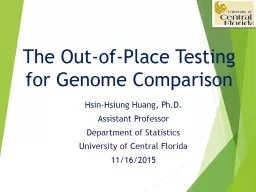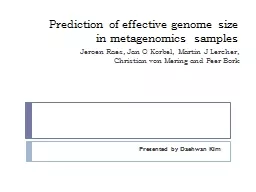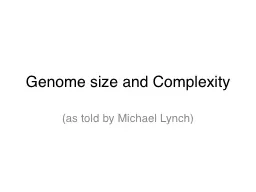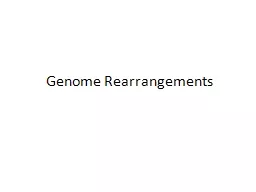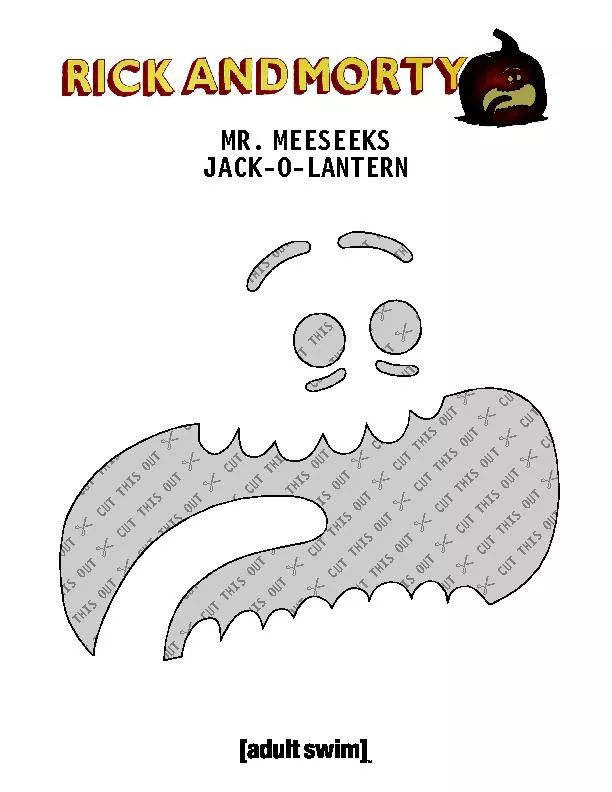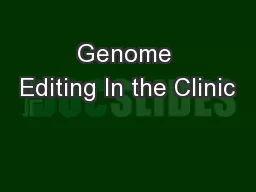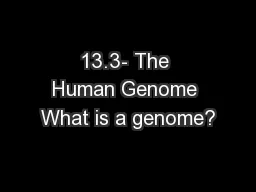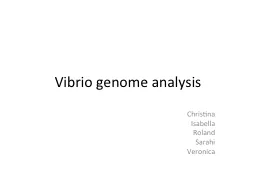PPT-The Out-of-Place Testing for Genome Comparison
Author : thesoysi | Published Date : 2020-11-06
HsinHsiung Huang PhD Assistant Professor Department of Statistics University of Central Florida 1 1162015 B ackgrounds An ngram used in text mining or linguistics
Presentation Embed Code
Download Presentation
Download Presentation The PPT/PDF document "The Out-of-Place Testing for Genome Comp..." is the property of its rightful owner. Permission is granted to download and print the materials on this website for personal, non-commercial use only, and to display it on your personal computer provided you do not modify the materials and that you retain all copyright notices contained in the materials. By downloading content from our website, you accept the terms of this agreement.
The Out-of-Place Testing for Genome Comparison: Transcript
Download Rules Of Document
"The Out-of-Place Testing for Genome Comparison"The content belongs to its owner. You may download and print it for personal use, without modification, and keep all copyright notices. By downloading, you agree to these terms.
Related Documents

